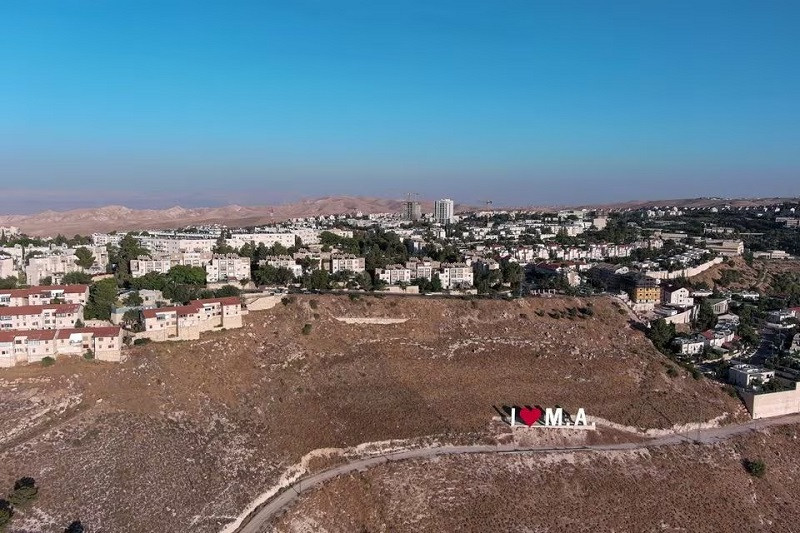
The Israeli army seized a large area of Palestinian land south of Nablus in the northern West Bank, according to a Palestinian government agency on Wednesday.
“The occupation authorities decided to seize a total of 12,715 dunams (3,141 acres) of land belonging to citizens in the village of Aqraba, southeast of Nablus,” the Colonization and Wall Resistance Commission said in a statement.
The commission said Israel designated the seized territory as “state land” to “convert citizens' lands into an expanding settlement project.”
The decision was “part of a larger plan to control the eastern slopes of the West Bank, particularly those adjacent to the Jordan Valley and its outskirts by seizing vast areas in this region,” the statement said.
Since the beginning of 2024, Israeli authorities have issued four announcements converting private Palestinian lands into state lands, thereby prohibiting Palestinian citizens from accessing, cultivating, or reclaiming them, the commission noted.
The statement indicated that the area declared as “state land” in these announcements totals 24,000 dunams (5,930 acres).
Read also: Germany criticises Israel's transfer of West Bank control to settlers
According to the commission, the total area of land seized under various designations since the start of 2024 has reached 39,000 dunams (9,637 acres).
On Tuesday, the commission's semi-annual report highlighted the establishment of 17 new Jewish-only settlement outposts, while the Israeli government granted legal status to 11 other outposts.
Settlement outposts are small communities established by illegal Israeli settlers on privately owned Palestinian land without approval from the Israeli government.
Estimates indicate that around 700,000 Israeli settlers live in roughly 300 illegal settlements in the occupied West Bank and East Jerusalem.
All Jewish settlements in the occupied territories are considered illegal under international law.




1731325890-0/trump-(24)1731325890-0-165x106.webp)
















COMMENTS (1)
Comments are moderated and generally will be posted if they are on-topic and not abusive.
For more information, please see our Comments FAQ